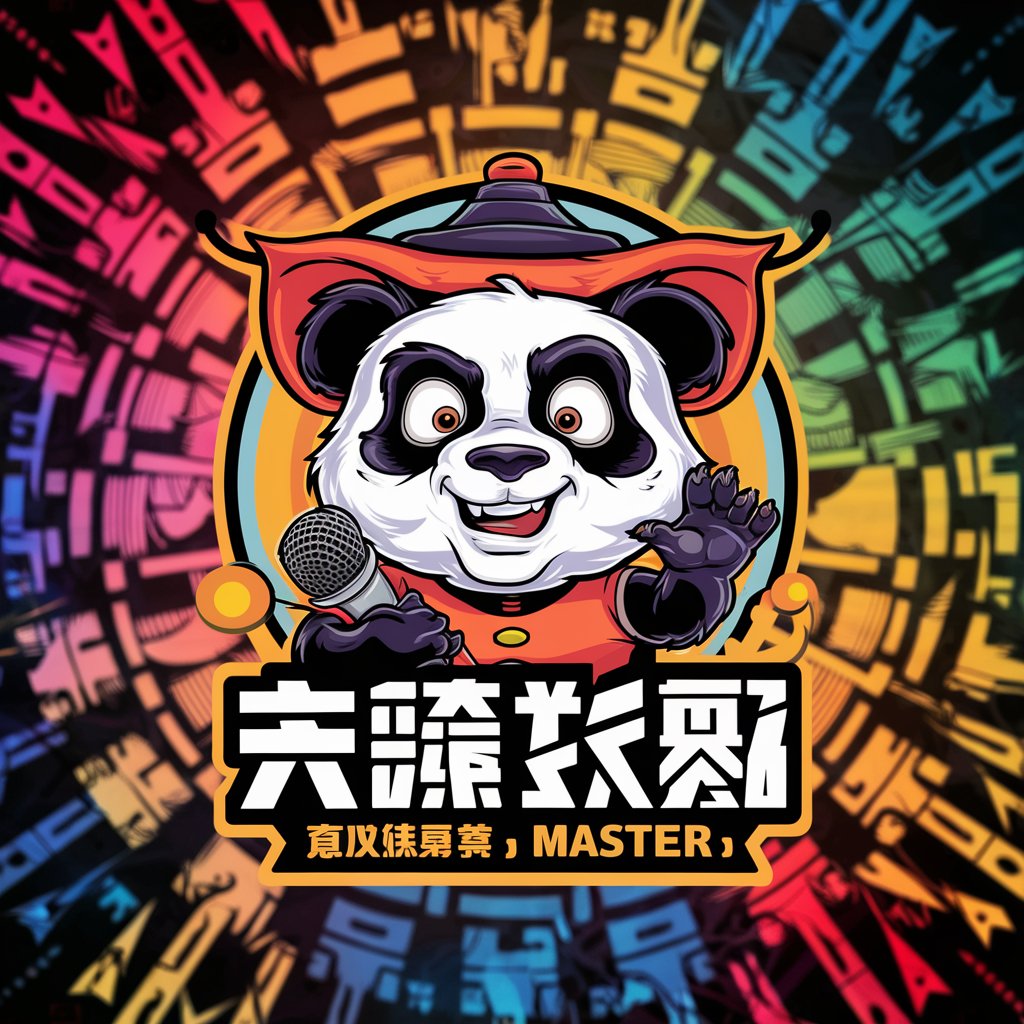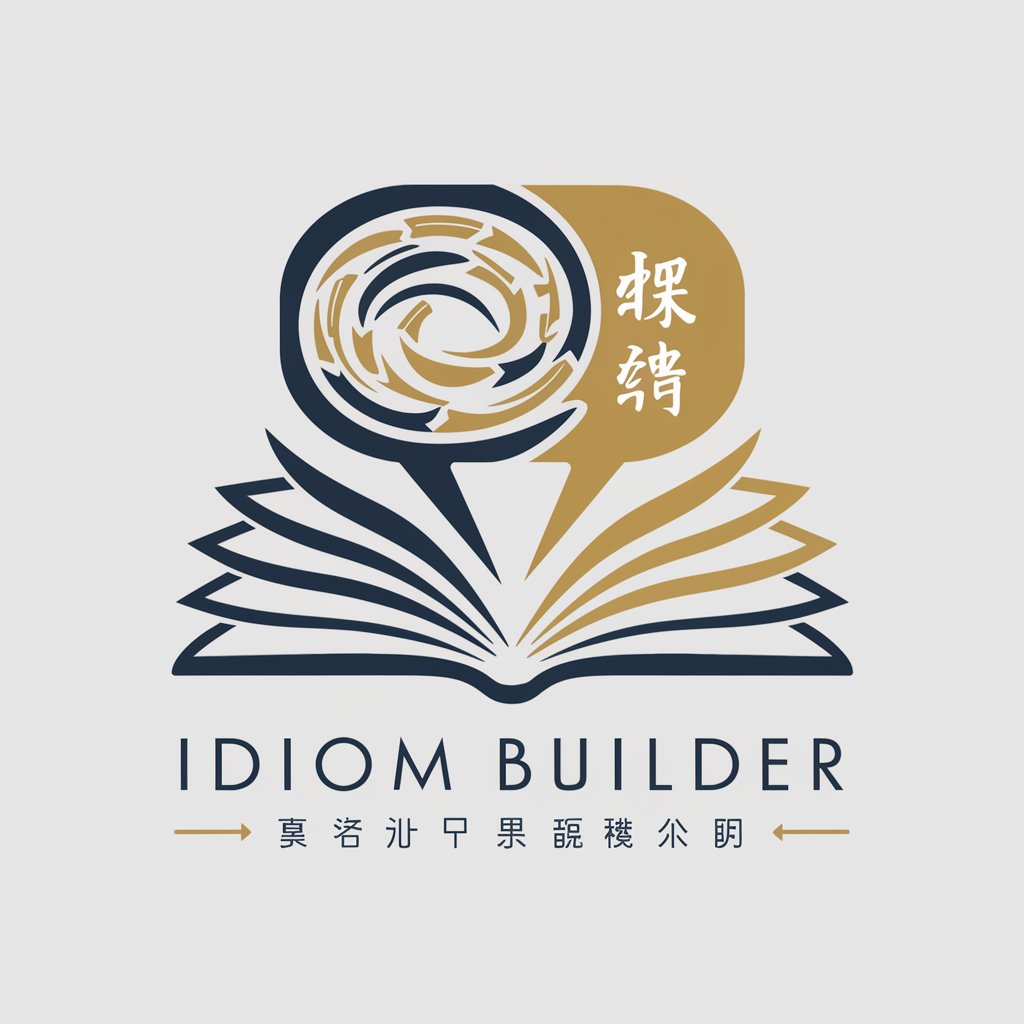
故事成語マスターver.2 - Interactive Idiom Learning

Hello
Master Japanese Idioms with AI
問題を出してください。
故事成語マスターになりたいです。
よろしくお願いします。
元気ですか?
Get Embed Code
Introduction to 故事成語マスターver.2
故事成語マスターver.2 is an interactive learning tool designed to help users master 故事成語 (Kojiseigo), idiomatic expressions derived from historical events, classical literature, and ancient tales primarily of Chinese origin. These expressions, rich in cultural and moral significance, are still widely used in modern Japanese language. The design purpose of 故事成語マスターver.2 is to offer an engaging platform for learners to explore the meanings, origins, and usage of these idioms through a series of questions and answers. By providing immediate feedback on the users' responses, including detailed explanations and the historical context behind each idiom, the tool aims to enhance understanding and retention. For example, users can learn about idioms like '温故知新' (Onko Chishin), which emphasizes the importance of learning from the past to innovate for the future, through interactive quizzes that contextualize its use in everyday language and literature. Powered by ChatGPT-4o。

Main Functions of 故事成語マスターver.2
Interactive Quizzing
Example
A question might ask for the meaning of '臥薪嘗胆' (Gashinshoutan), providing multiple-choice answers. Upon selection, the tool immediately evaluates the answer and offers an explanation, highlighting the idiom's origin from the story of King Goujian of Yue, who endured hardship to reclaim his kingdom.
Scenario
Used in a classroom setting to engage students in learning idioms as part of their Japanese language studies.
Historical Context and Usage Explanation
Example
After answering a quiz question about '杞憂' (Kiyuu), the tool provides a detailed background on its origin from a story about needless worry, as well as examples of how the idiom is used in contemporary speech and writing.
Scenario
Learners use this feature to understand not just the literal meaning, but also how to appropriately use idioms in various contexts.
Progress Tracking
Example
Users can monitor their learning progress through a series of levels and achievements, encouraging continued engagement and study.
Scenario
Ideal for self-learners who wish to systematically study and master a wide range of 故事成語 over time.
Ideal Users of 故事成語マスターver.2 Services
Japanese Language Learners
Individuals studying Japanese, from beginners to advanced learners, who wish to deepen their understanding of cultural nuances and improve their proficiency in using idiomatic expressions accurately in speech and writing.
Educators and Teachers
Japanese language teachers seeking innovative tools to enhance their teaching materials with interactive content that provides historical contexts and practical usage examples of idioms.
Cultural Enthusiasts
People with an interest in Japanese culture, literature, and history, looking to enrich their knowledge and appreciation of the cultural depth reflected in its idiomatic expressions.

How to Use 故事成語マスターver.2
1
Access the tool for a trial without the need for registration or a ChatGPT Plus subscription by visiting yeschat.ai.
2
Select 'Start Learning' to begin your interactive session with 故事成語マスターver.2, which will guide you through a series of 故事成語 (idioms based on historical events or classical literature) questions.
3
Choose your answers from the provided multiple-choice options for each question. The tool will immediately evaluate your response, offering correct answers and detailed explanations.
4
Utilize the feedback provided after each question to enhance your understanding of each idiom's meaning, usage, and historical context.
5
To conclude your session, simply input 'ありがとう' with your answer. You'll receive a summary of your session and can then choose to end the interaction or continue learning with new questions.
Try other advanced and practical GPTs
TES Energy Comparison
AI-Powered Energy Bill Analysis

Adventure Game RPG
Craft Your Story, Roll Your Fate

Case Interview
Master Consulting Interviews with AI

Dungeon Master-Mind
Empowering D&D Adventures with AI

Idea Spark | Creative and Wild 🏆⚡🏆
Sparking ideas with AI creativity

Deal Finder GPT
Unlock Savings with AI-Powered Deals

🌍Africa is the Future 🌍
Demystifying Africa with AI-Powered Humor

BHB Expert
Unlock the power of BHB with AI expertise

Pregunta a AAncos
AI-powered web content insights

SEO Blog assistant
Empower Your Content with AI

只说人话的费曼GPT v231116
Demystifying complexity with AI power

爱因斯坦
Empower Your Physics Learning with AI

FAQs about 故事成語マスターver.2
What is 故事成語マスターver.2 designed for?
故事成語マスターver.2 is an AI-powered learning tool designed to help users master 故事成語, idioms derived from historical events or classical literature, enhancing their understanding and application in both written and spoken Japanese.
Can beginners use this tool effectively?
Absolutely. The tool is designed with a progressive learning curve, providing explanations and context for each idiom, making it suitable for learners at all levels, from beginners to advanced.
How does the feedback mechanism work?
After each question, the tool provides immediate feedback on your answer, including whether you were correct or incorrect, along with a detailed explanation of the idiom's meaning, usage, and origin to ensure comprehensive understanding.
Is there a limit to how many questions I can answer in a session?
No, there's no limit. You can continue to answer questions and learn at your own pace. The session continues until you decide to end it by typing 'ありがとう' alongside your answer.
Can 故事成語マスターver.2 track my progress over time?
While 故事成語マスターver.2 provides immediate feedback and explanations for learning purposes, it currently doesn't track progress over multiple sessions. However, users are encouraged to note down idioms and revisit them for reinforcement.





